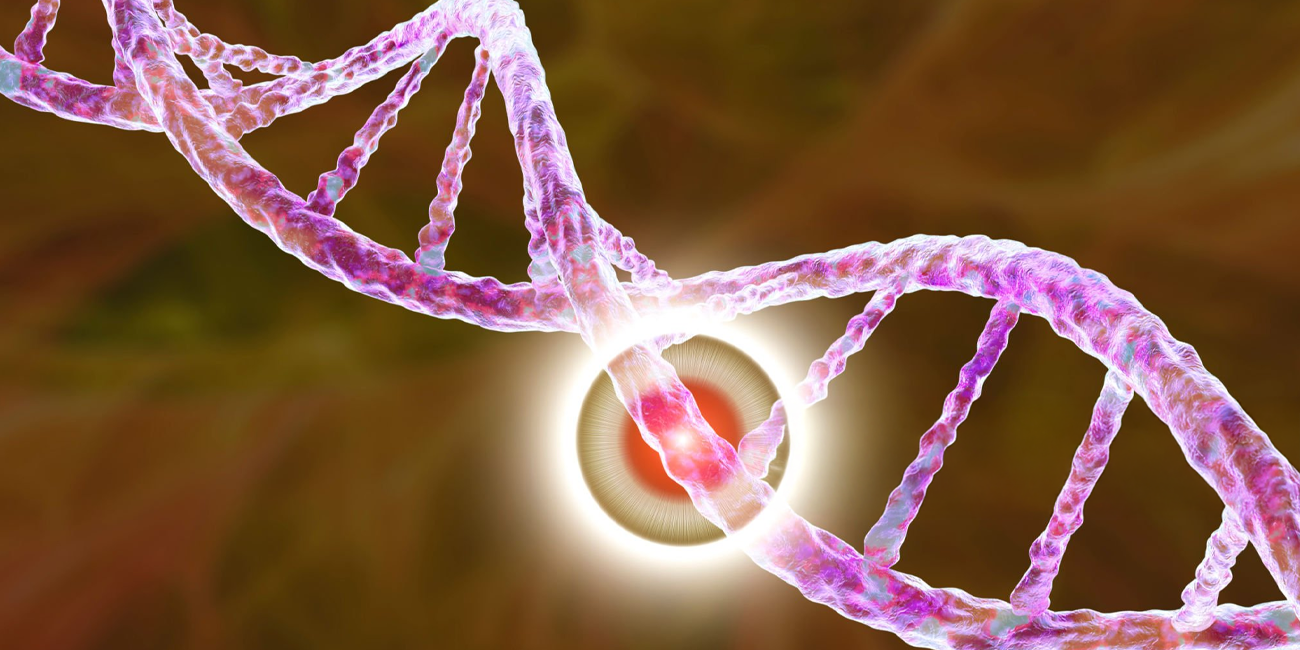
Book a Consultation
Thank you!
Your form has been sent successfully.



August 18, 2023
Among the different types of lung cancer, small cell lung cancer (SCLC) is the most aggressive and fast-growing cancer, accounting for approximately 10-15% of all lung cancer cases. Although it is rare - compared to non-small cell lung cancer (NSCLC), it poses unique challenges and requires specialized approaches for diagnosis, treatment, and management.
In this comprehensive blog post, we will share a detailed understanding of small-cell lung cancer, including its risk factors, symptoms, and treatment options. Read on to learn more.

Tobacco is the leading risk factor for developing small cell lung cancer. Those who smoke or are exposed to secondhand smoke constantly, are at greater risk. Carcinogens and toxins present in tobacco can damage the cells lining the lungs, leading to genetic mutations and causing cancer.
Read more: 5 Harmful Side Effects of Nicotine Gum
Individuals with a history of exposure to high levels of ionizing radiation are at an increased risk of developing small cell lung cancer.
Those who work around toxic chemicals such as asbestos, arsenic, chromium, nickel, and diesel exhaust may develop SCLC.
Individuals infected with the human immunodeficiency virus (HIV) have a higher risk of this disease due to the weakened immune system and chronic inflammation.
Although the genetic factors involved in SCLC still require more research, several studies suggest that certain inherited gene mutations may contribute to SCLC.
Having one or more of these risk factors does not necessarily lead to an individual developing SCLC in their lifetime. It is crucial to consult a healthcare professional to get detailed guidance on how to reduce the risk of this disease.
Individuals suffering from SCLC may exhibit different symptoms depending on the stage and extent of the disease. However, there are some common symptoms which are as follows.
A persistent and worsening cough, sometimes accompanied by blood (hemoptysis) or phlegm.
Fluid accumulation in the lungs, resulting in shortness of breath.
Chest pain which can be localized or radiated to the shoulders, back, or arms.
Persistent fatigue and unexplained weakness
Unexplained weight loss
Neurological symptoms such as headaches, dizziness, seizures, etc.
Most of these symptoms are non-specific and often overlap with other respiratory or systemic conditions. Therefore, it is crucial to consult a healthcare professional if individuals experience persistent or worsening symptoms.

Surgery is not the primary treatment option for SCLC due to its aggressive nature. Oncologists typically consider surgical intervention for specific cases, such as early-stage disease with small tumors with no metastasis. Surgical procedures may involve removing the affected lobe of the lung (lobectomy) or the entire lung (pneumonectomy).
Oncologists often prescribe radiation therapy as the primary treatment approach for SCLC. There are two different types of radiotherapy commonly used for this disease:
External Beam Radiation: It involves directing radiation from outside the body to the tumor and surrounding areas. It is commonly used to shrink the tumor, relieve symptoms, and eradicate cancer cells in combination with chemotherapy.
Prophylactic Cranial Irradiation (PCI): Oncologists recommend this radiation therapy for individuals with early-stage SCLC. They may also prescribe it to those responding well to initial treatment to prevent or reduce the risk of cancer spreading to the brain.
It is a systemic, traditional cancer treatment approach that uses drugs to kill cancer cells throughout the body. Chemotherapy plays a crucial role in the treatment of both early-stage and advanced-stage small cell lung cancer.
This new treatment approach has emerged as a promising option for a few subsets of small cell lung cancer. Immune checkpoint inhibitors, such as drugs targeting PD-1 and PD-L1, have shown efficacy in individuals with advanced SCLC. Oncologists typically recommend immunotherapy in combination with chemotherapy.
It is important to note that the choice of treatment depends on several factors, including the stage and extent of the disease, overall health of the patient, and individualized treatment plans developed by a multidisciplinary team of healthcare professionals. Treatment decisions are best made in close consultation with oncologists and other specialists experienced in the management of small cell lung cancer.
Since the symptoms of small cell lung cancer are non-exclusive, it is often diagnosed at an advanced stage. In the later stages, when cancer has already spread beyond the lung, it becomes difficult to treat SCLC. Hence, the 5-year relative survival rate for SCLC is comparatively lower than most types of cancer. Consult a doctor if you are in contact with any risk factors and understand the early signs of this disease. For any queries or concerns about small cell lung cancer, contact ACTC, one of the best cancer centers in America.



December 16, 2025
Hearing a HER2 gene mutation on a report can feel scary, but it also p...
KNOW MORE

December 16, 2025
Seeing a dark streak under your nail that doesn't fade or grow out can...
KNOW MORE

December 16, 2025
If you're worried that an itchy or stubborn rash could be cancer, you'...
KNOW MORE

December 16, 2025
Hearing that your CT scan shows a spot on your lung can be unsettling....
KNOW MORE

November 13, 2025
Food choices feel high-stakes during cancer care, and because of that,...
KNOW MORE

November 13, 2025
Ablation treats prostate cancer using energy such as heat, cold, elect...
KNOW MORE
